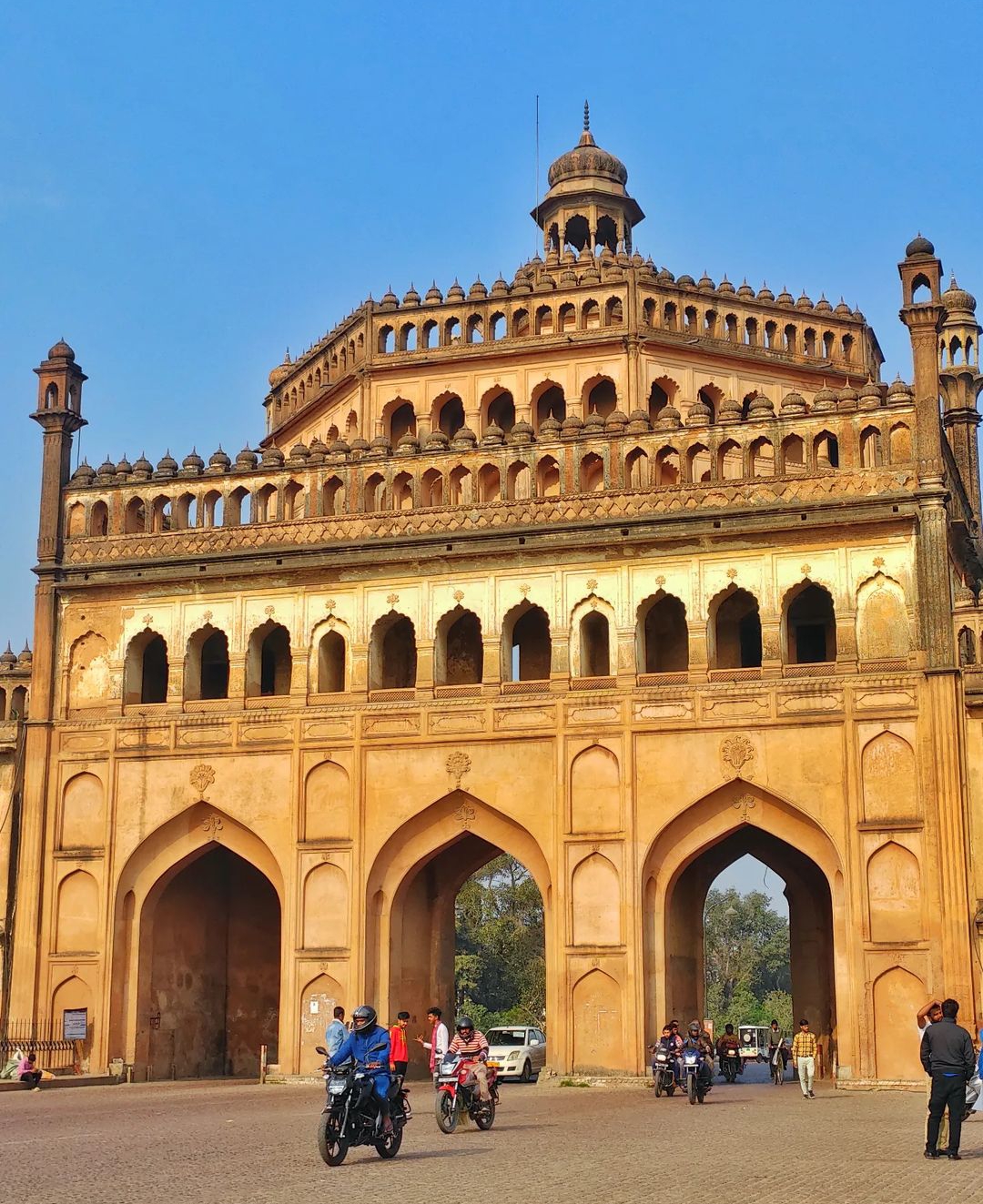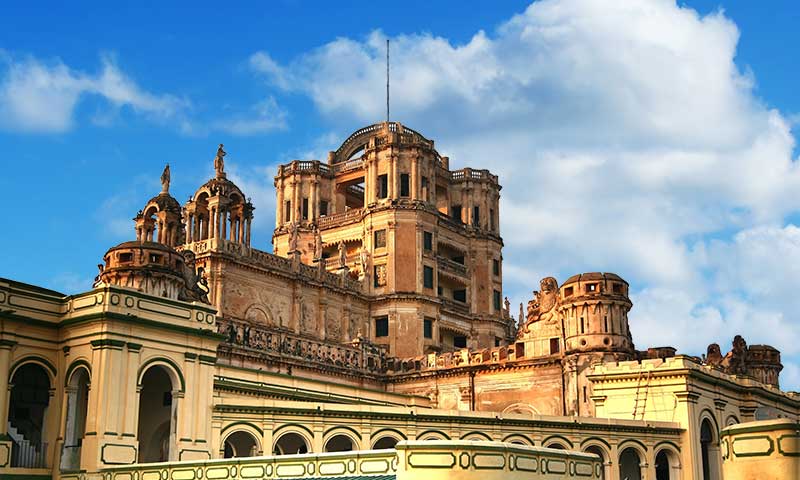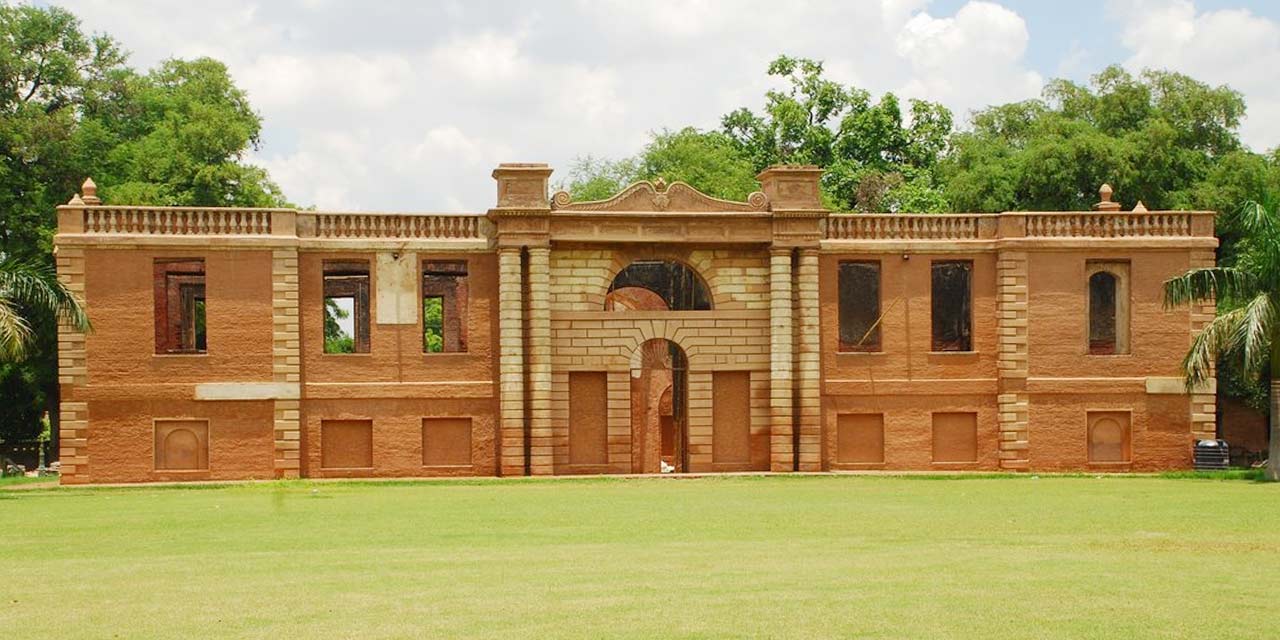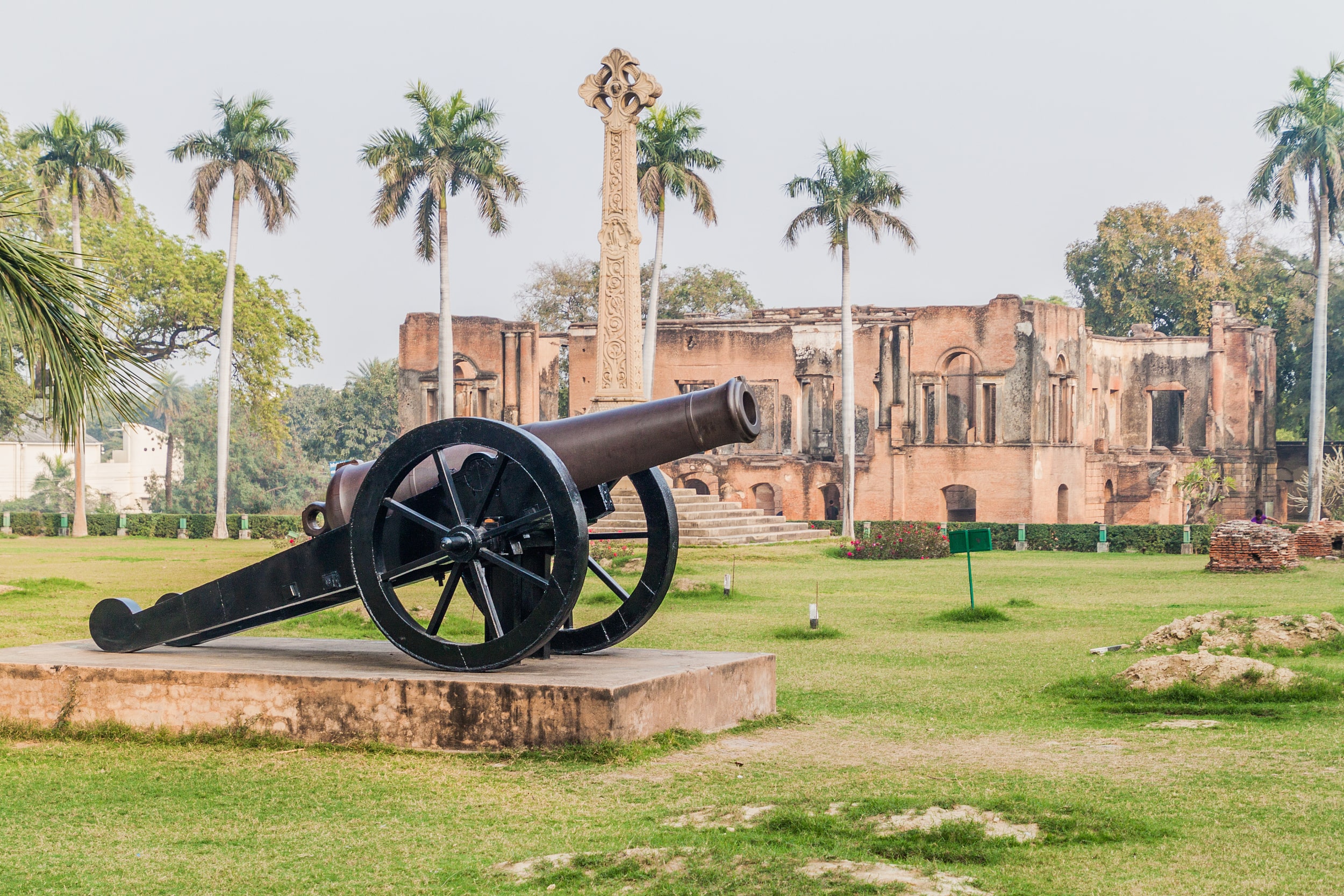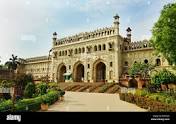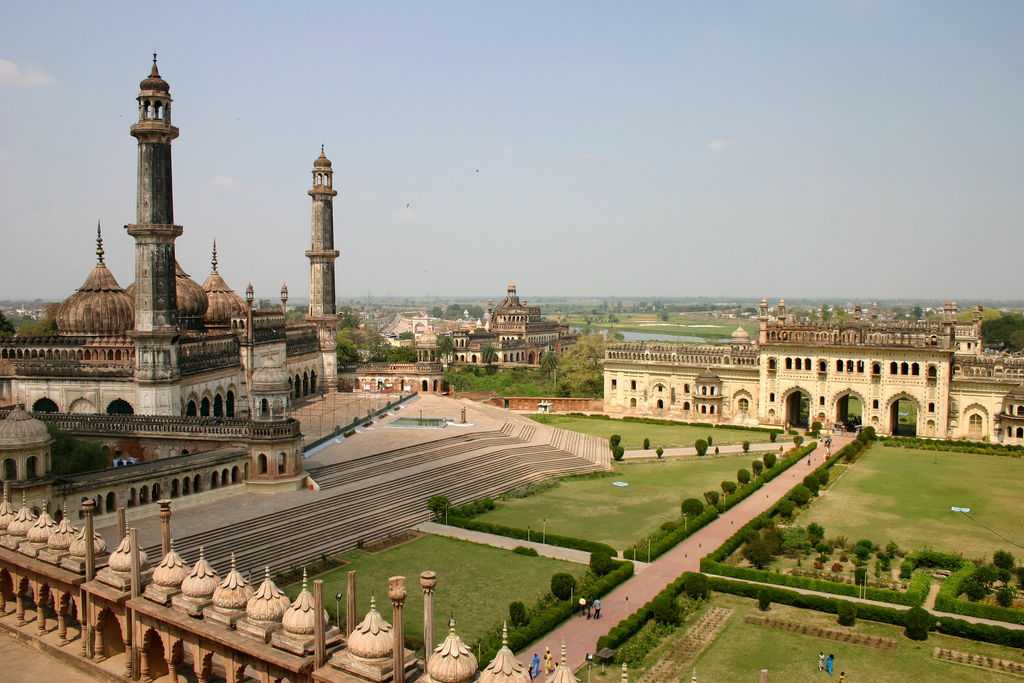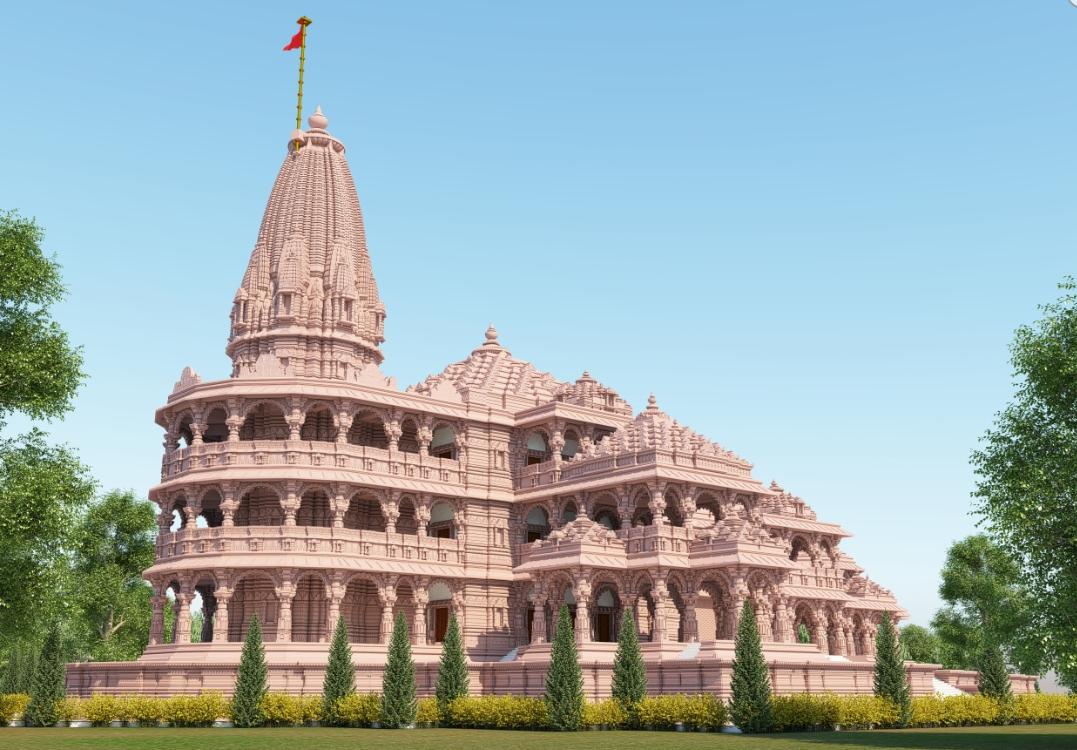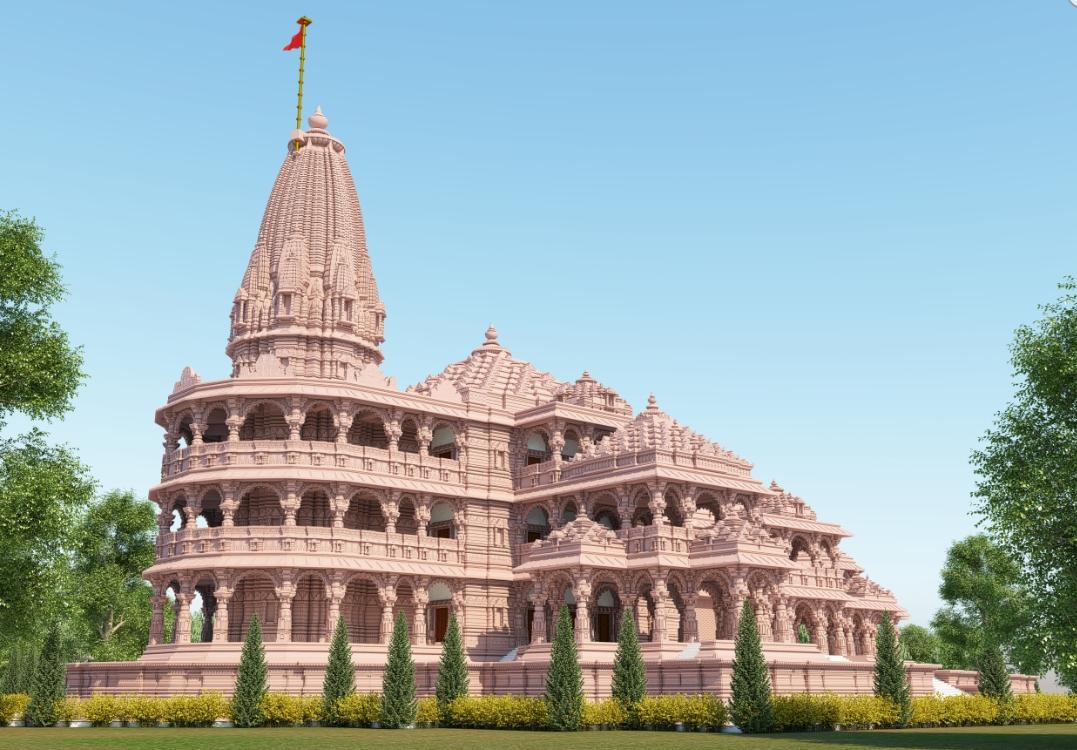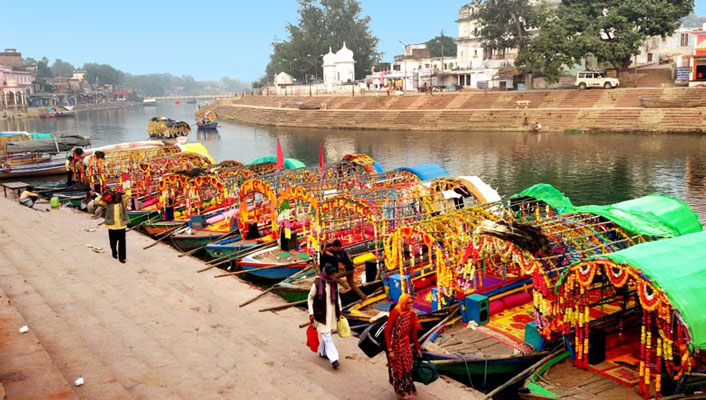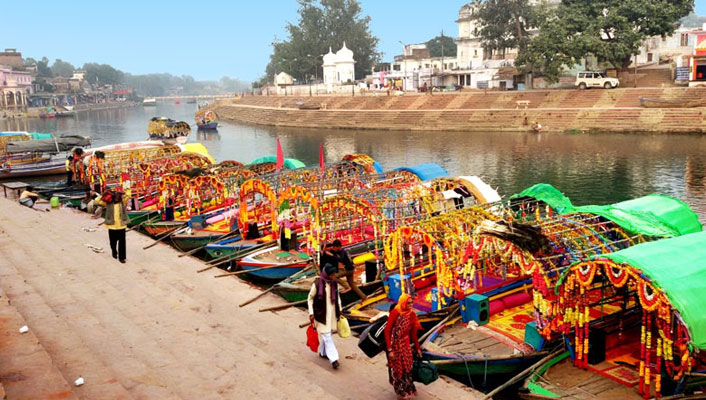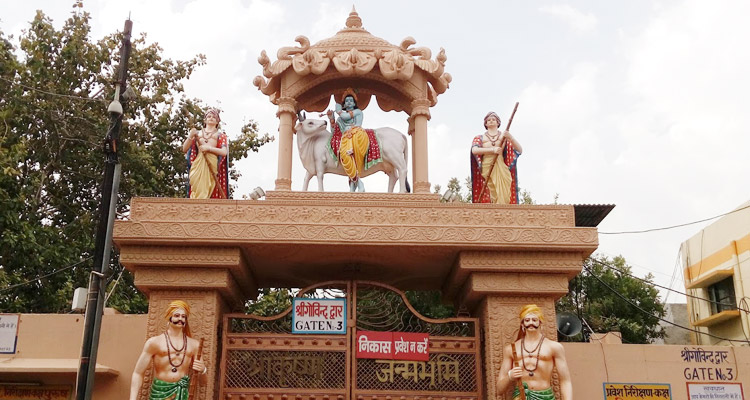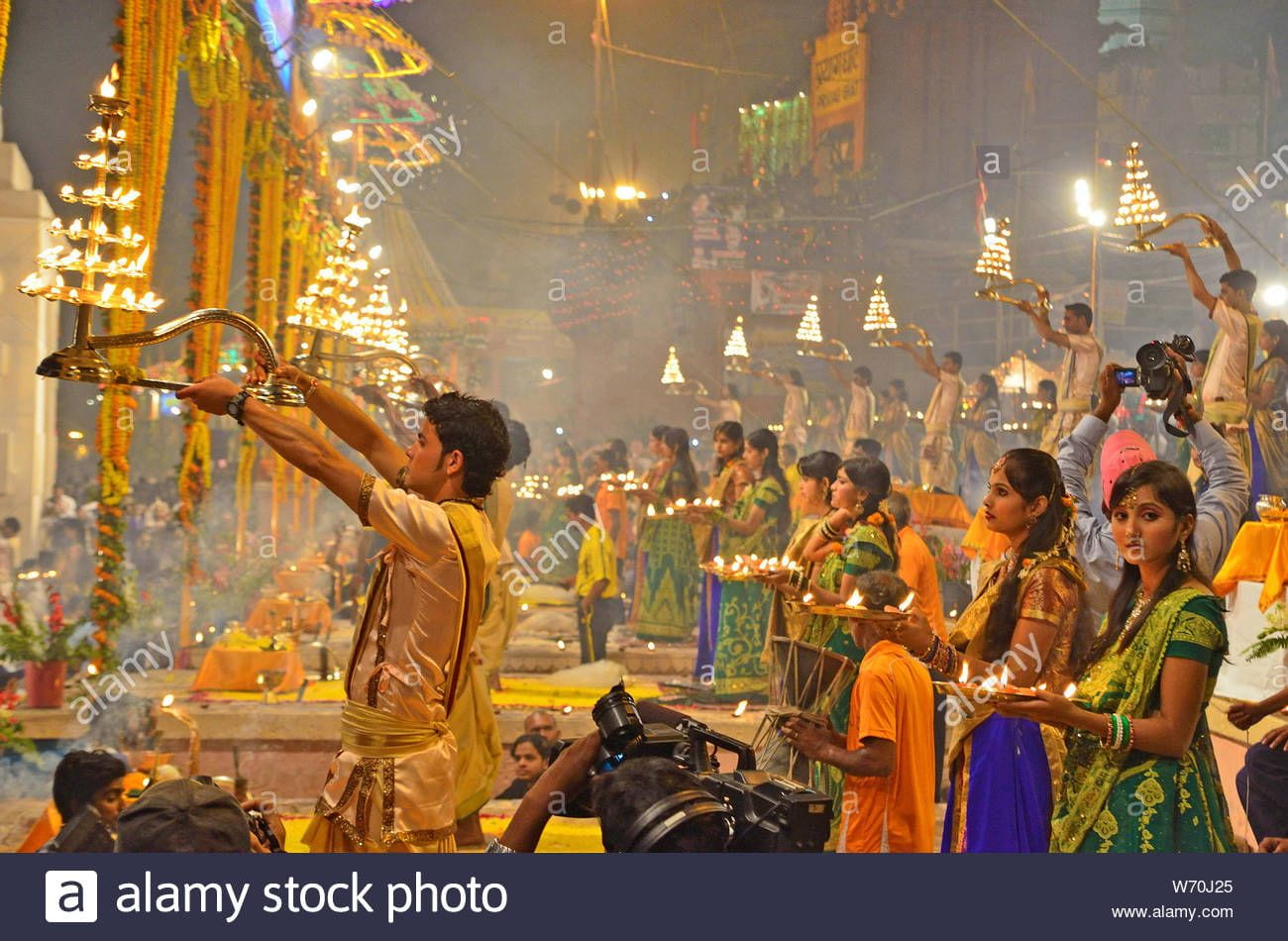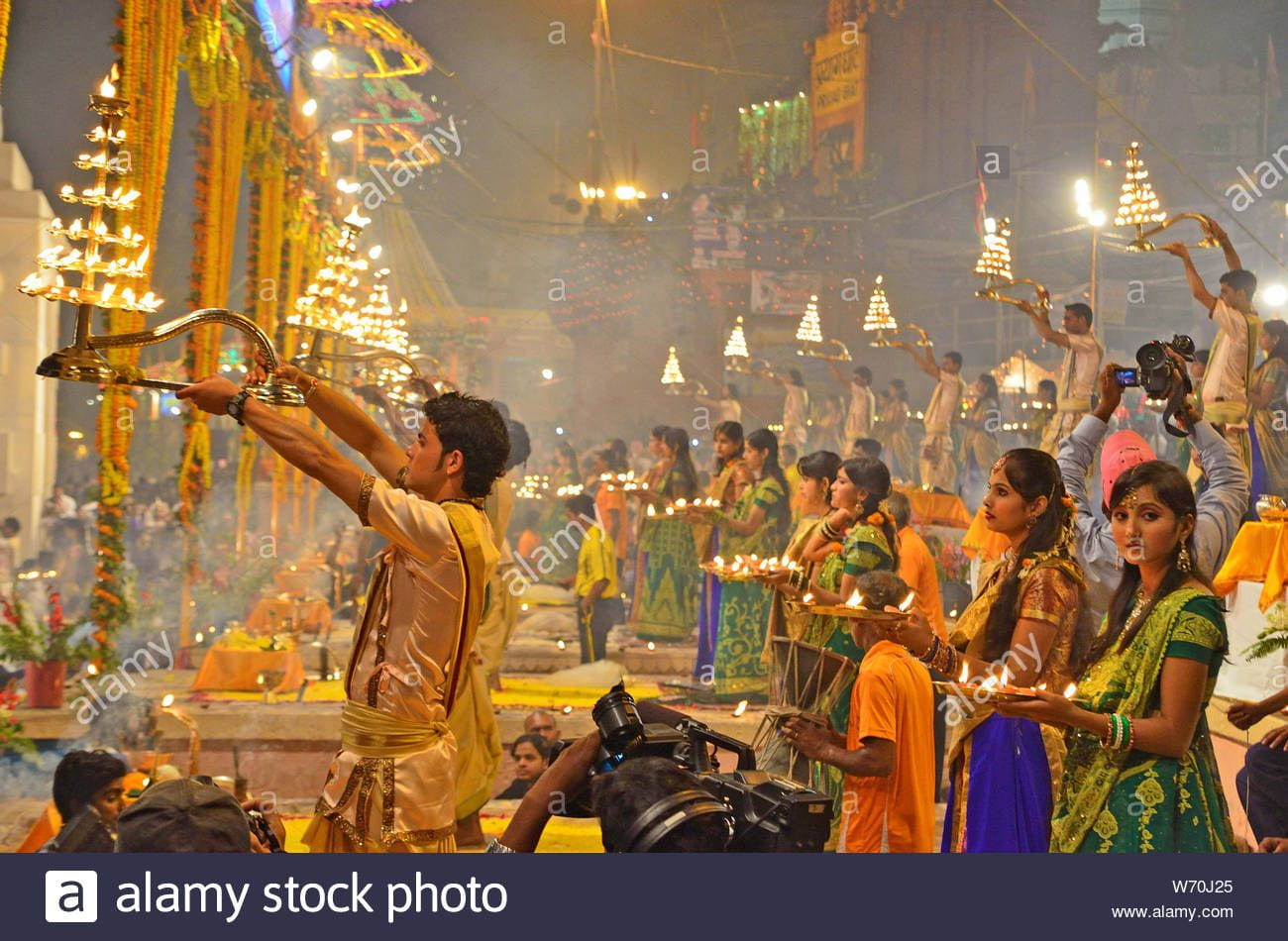Colonial Splendors of Lucknow: A Glimpse into the Raj Era
The story of British influence in Uttar Pradesh, known as United Provinces during colonial times, unfolds through the architectural marvels that still stand tall today. These remnants of the Raj era narrate a tale of neoclassical and Gothic architectural styles interwoven with history.
The Residency: Once a haven for the British Resident General, the Residency Complex witnessed the Indian Rebellion of 1857. Its ruins stand as a poignant reminder of that period, a protected monument under the Archeological Survey of India.
Dilkusha Kothi: The elegant Dilkusha Kothi, a blend of English baroque style, served as a Nawab's hunting lodge. Though now in ruins, its external walls, towers, and serene garden remain. This site claims its place among Lucknow's treasured tourist spots.
Constantia House: Part of La Martiniere College, the Constantia House holds Major Claude Martin's tomb, an embodiment of colonial architecture. Its fusion of styles renders it a unique landmark.
Charbagh Railway Station: Defying conventional norms, the Charbagh Railway Station redefines stations as architectural masterpieces. Reflecting Rajput, Awadhi, and Islamic influences, it stands as an exceptional edifice.
Hazratganj: Formerly known as Queen Street, Hazratganj was modeled after London's charm. Its transformation resonates with the city's historical evolution.
Hussainabad Clock Tower: A proud sentinel, the Hussainabad Clock Tower at 221 feet is a tribute to Sir George Coupert's visit. This regal timekeeper remains the tallest clock tower in the country.
University of Lucknow: Established in 1867, the University of Lucknow stands as a testament to education's enduring significance. Its sprawling campus at BadshahBagh is a reflection of its legacy.
The Council House: The majestic Vidhan Bhavan, inaugurated in 1928, was a product of shifting the capital from Allahabad to Lucknow. Designed by Samuel Swinton Jacob and Heera Singh, its completion marked a significant era.
Step back in time and embrace the colonial heritage of Lucknow. Each structure echoes stories of governance, culture, and history, offering a glimpse into an era that shaped the city's identity. Join us at Trav2Brag in exploring these remarkable remnants of the Raj, as we uncover the layers of history etched into the very fabric of Lucknow's streets.

